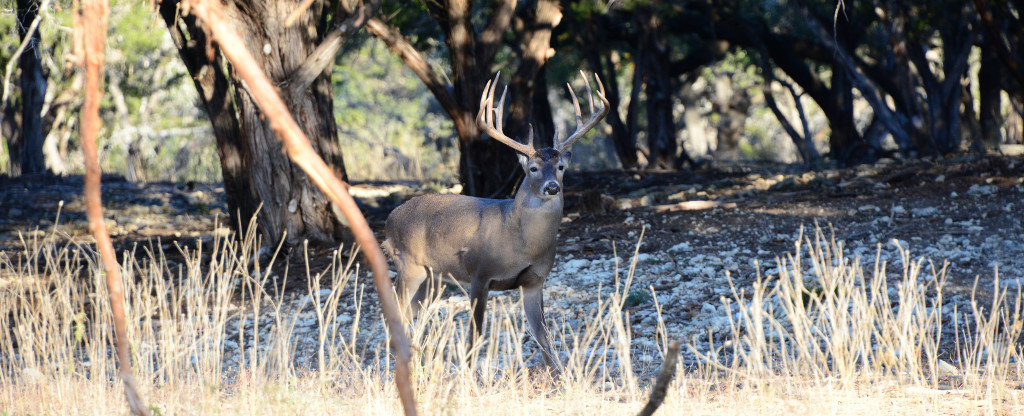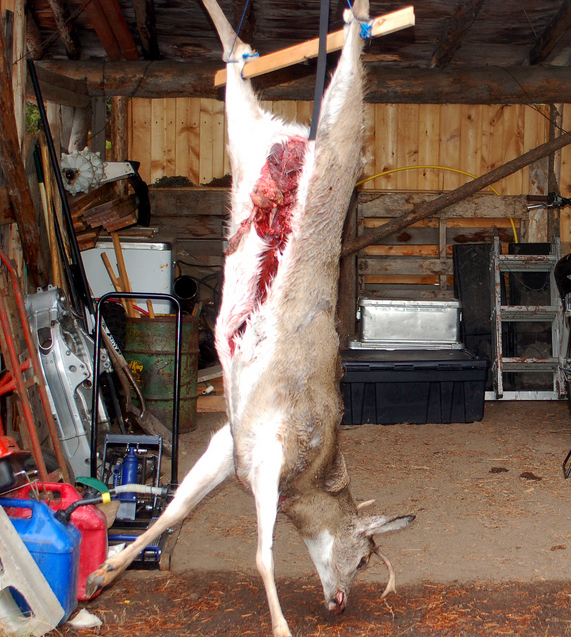 Late in the year when the nights start getting cool and the days are still warm, bears are often easiest to hunt, if you know how. The primary reason that this is a great time for bear hunting is that the behavior of the bears usually changes. The change is both normal and necessary.
Late in the year when the nights start getting cool and the days are still warm, bears are often easiest to hunt, if you know how. The primary reason that this is a great time for bear hunting is that the behavior of the bears usually changes. The change is both normal and necessary.
Behavioral Drives
The cooler nights late in the year is a sign to the bear that it is time to start putting on weight in a hurry. They will need the extra fat in order to survive the winter. This means that the animals, which have been eating pretty much anything, including leaves and grass, start going after food that is more likely to put on fat fast.
The person who is going to be bear hunting might notice that this mostly includes a lot more fruits, like huckleberries, wild cherries and just about anything that is sweet and juicy. They also start spending more time eating and might start eating before daylight until well after dark, which means that they are often moving and can be easier to see. They appear to be extremely hungry and about the only time of year that they are more ravinous is during the early spring, when they stir from their winter sleep.
Choosing bear hunting sites
This is helpful information to know for the person who is going bear hunting because it means that they can often predict where the bears will be. Fruit usually starts ripening at this time of year and the bears instinctively know it, so that is where the bears are most likely going to be found. Bears also have an extraordinary sense of smell, so they can smell the ripening fruit.
This is so true that even if bears have been sighted in abundance earlier in the year at some location, if there aren’t any ripe fruits and berries there for them to eat, it is unlikely to be worthwhile to go bear hunting in those places. Instead, go bear hunting in places where there are a lot of fruit trees and bushes and fresh, ripe fruit.
The Temperatures When Bear Hunting
During late season bear hunting, the nights usually cool off, but the day can still get very warm. The hunter needs to keep this in mind because if they are successful in bagging a bear, they are probably going to have to process it as quickly as possible to keep the meat from becoming tainted. It is helpful to expect this before you even go out bear hunting.
Plan a means for transporting the bear after it is cleaned, to where you can get the heavy pelt off of it quickly and to where the carcass can then be hung where it can be kept cool long enough for the meat to age.
Late in the year tends to be a very productive time for bear hunting, and it normally isn’t difficult at all for a hunter to get his or her bear, just by noting the above. Bear hunting can’t get a lot simpler by knowing where to hunt, what the bears are probably going to be doing and some planning in regard to what you are going to do when you get your bear.
Image by Pipsimv



